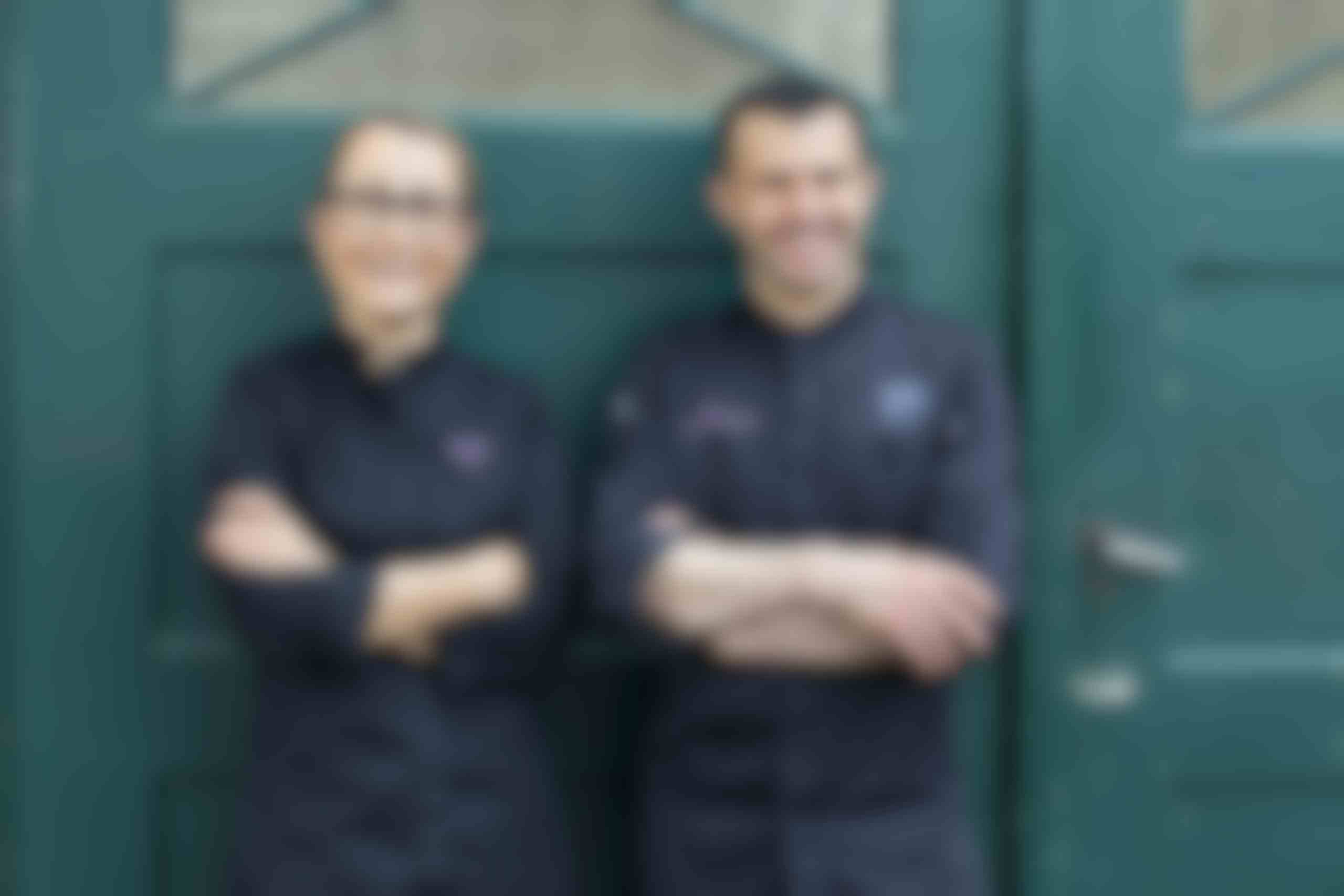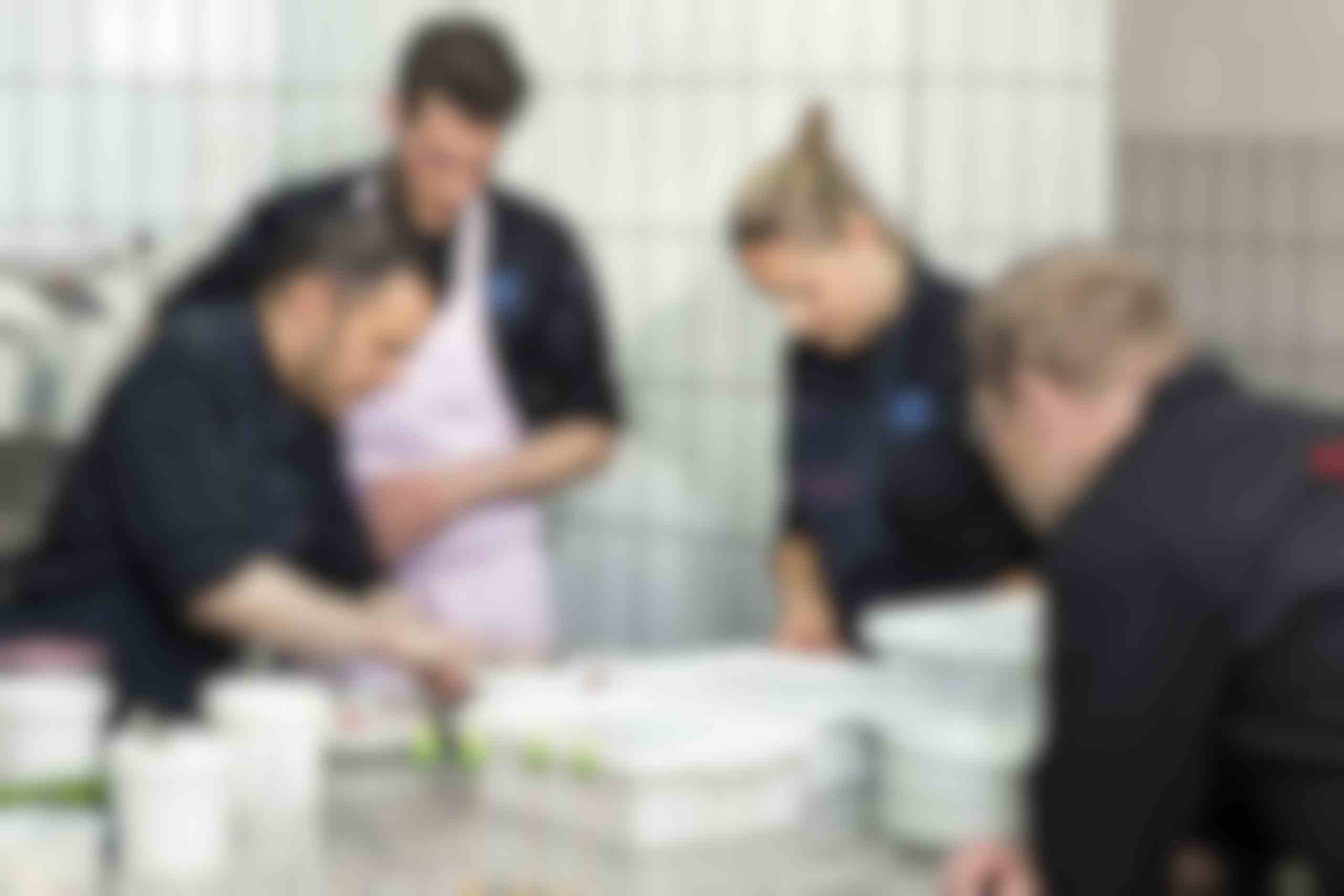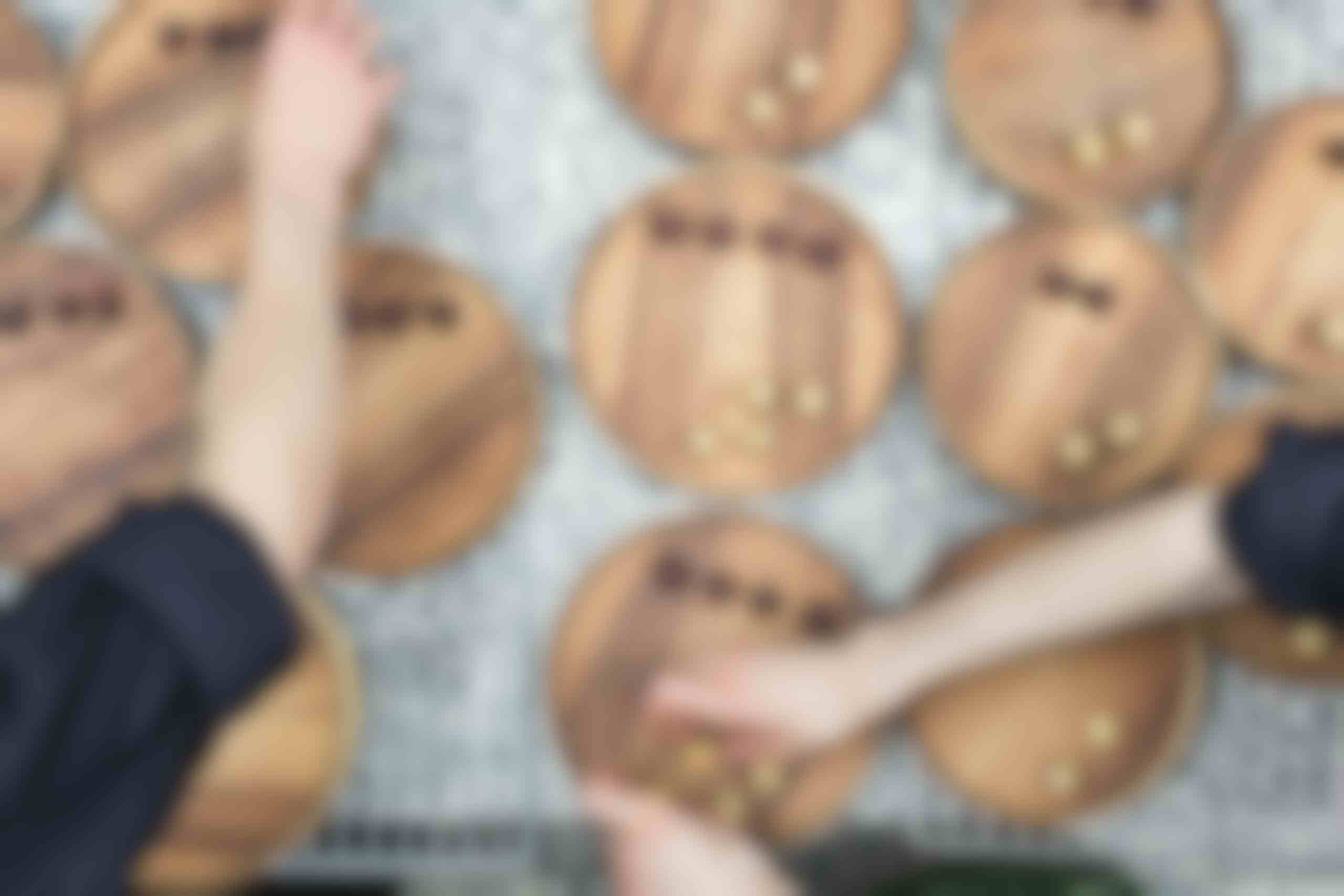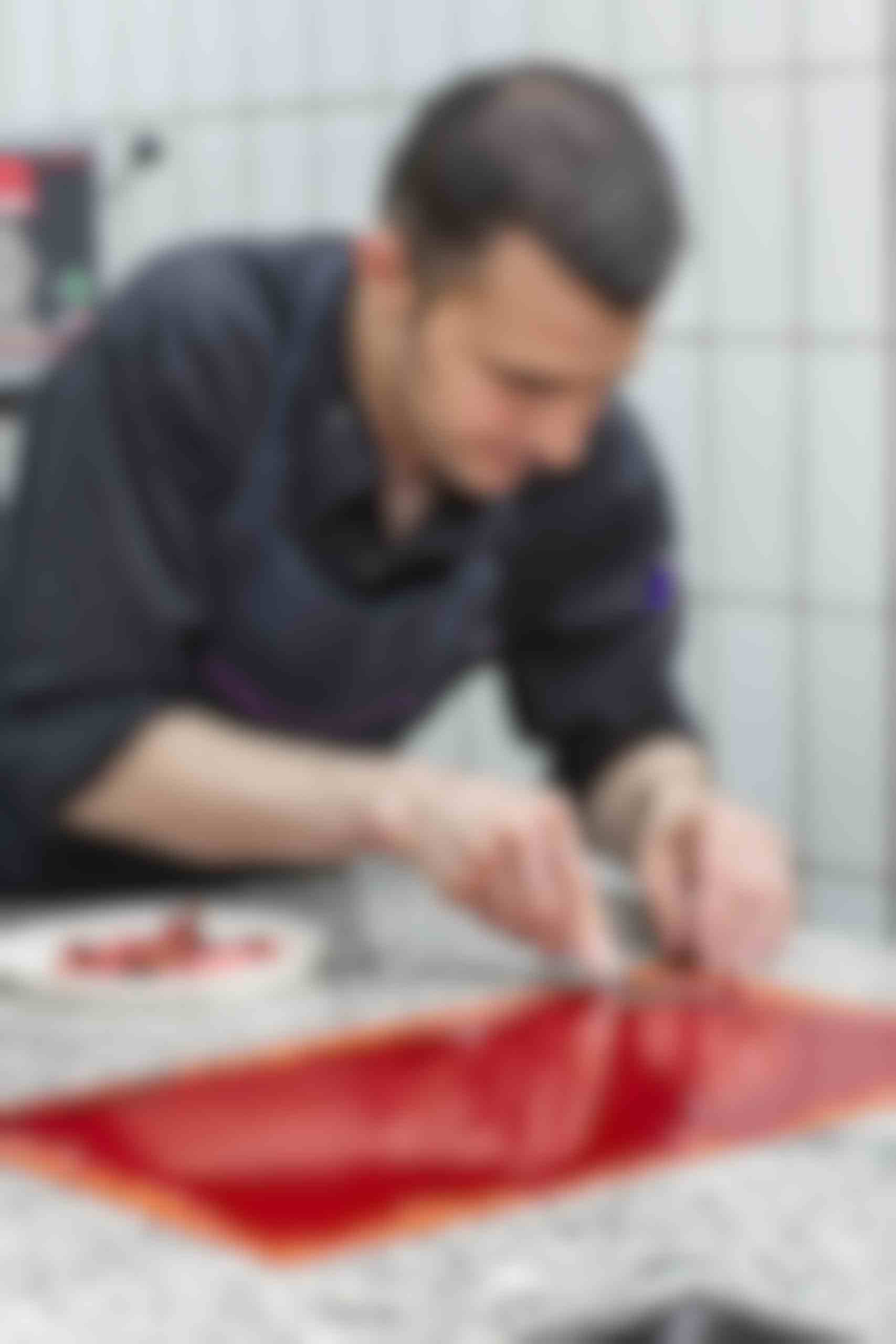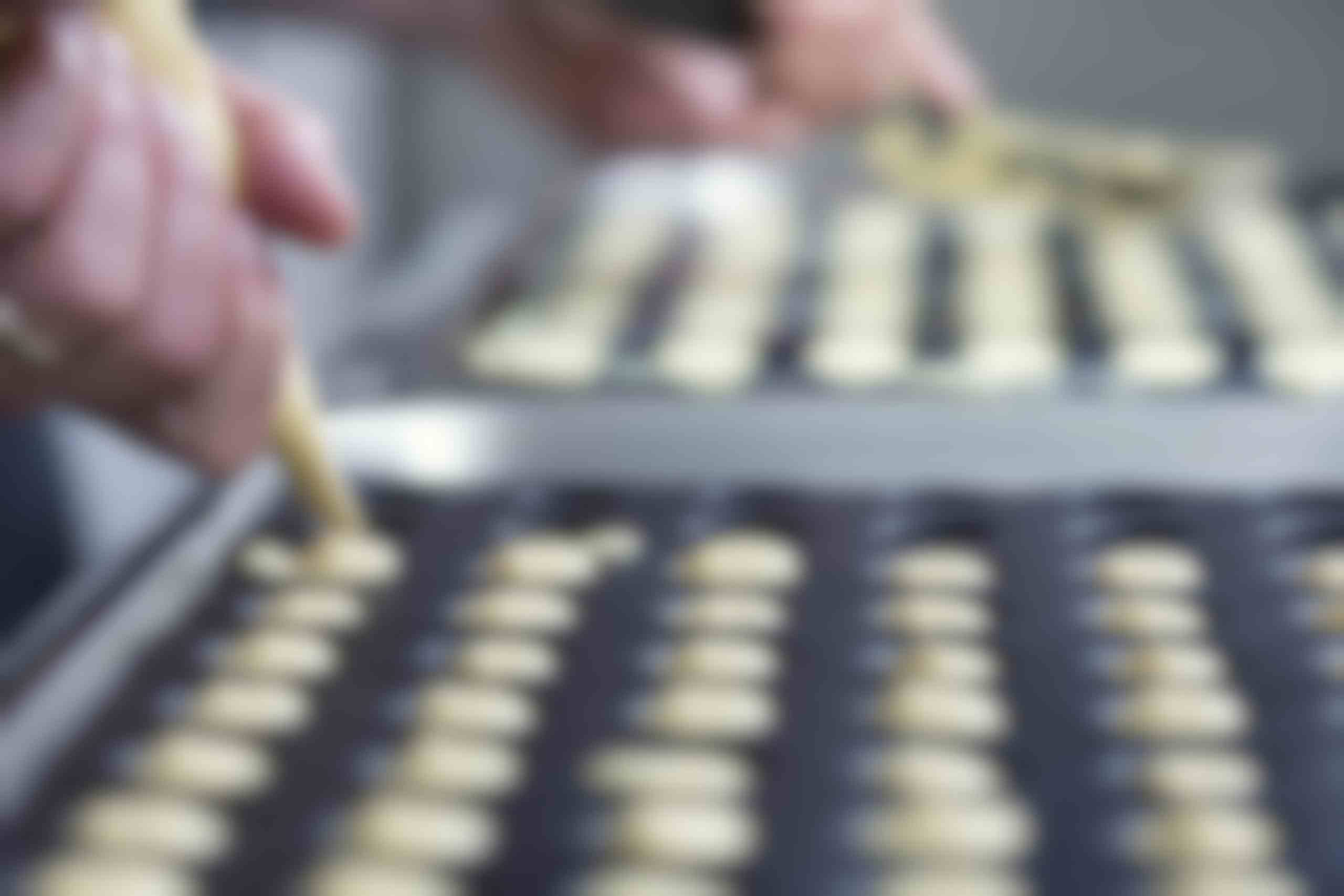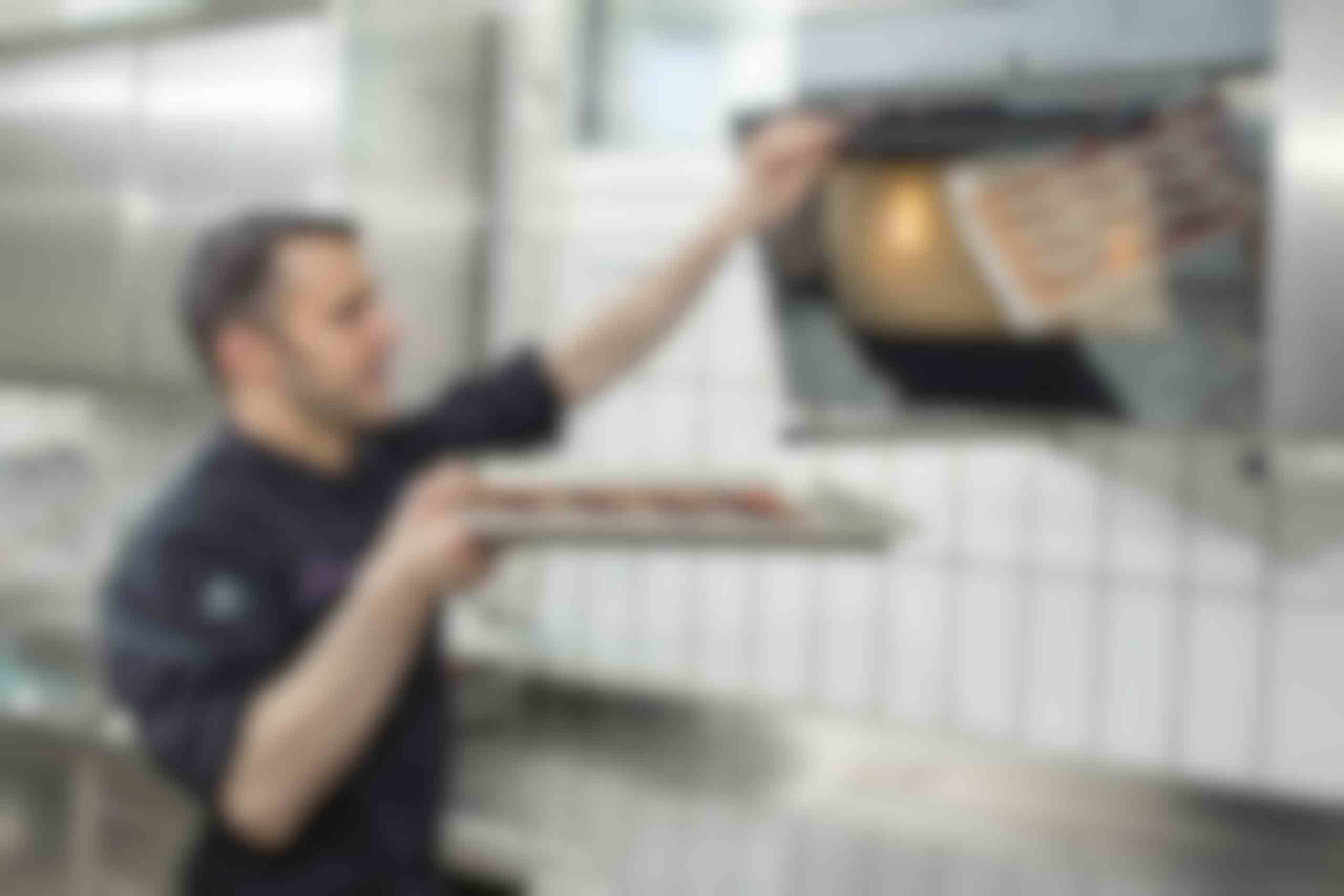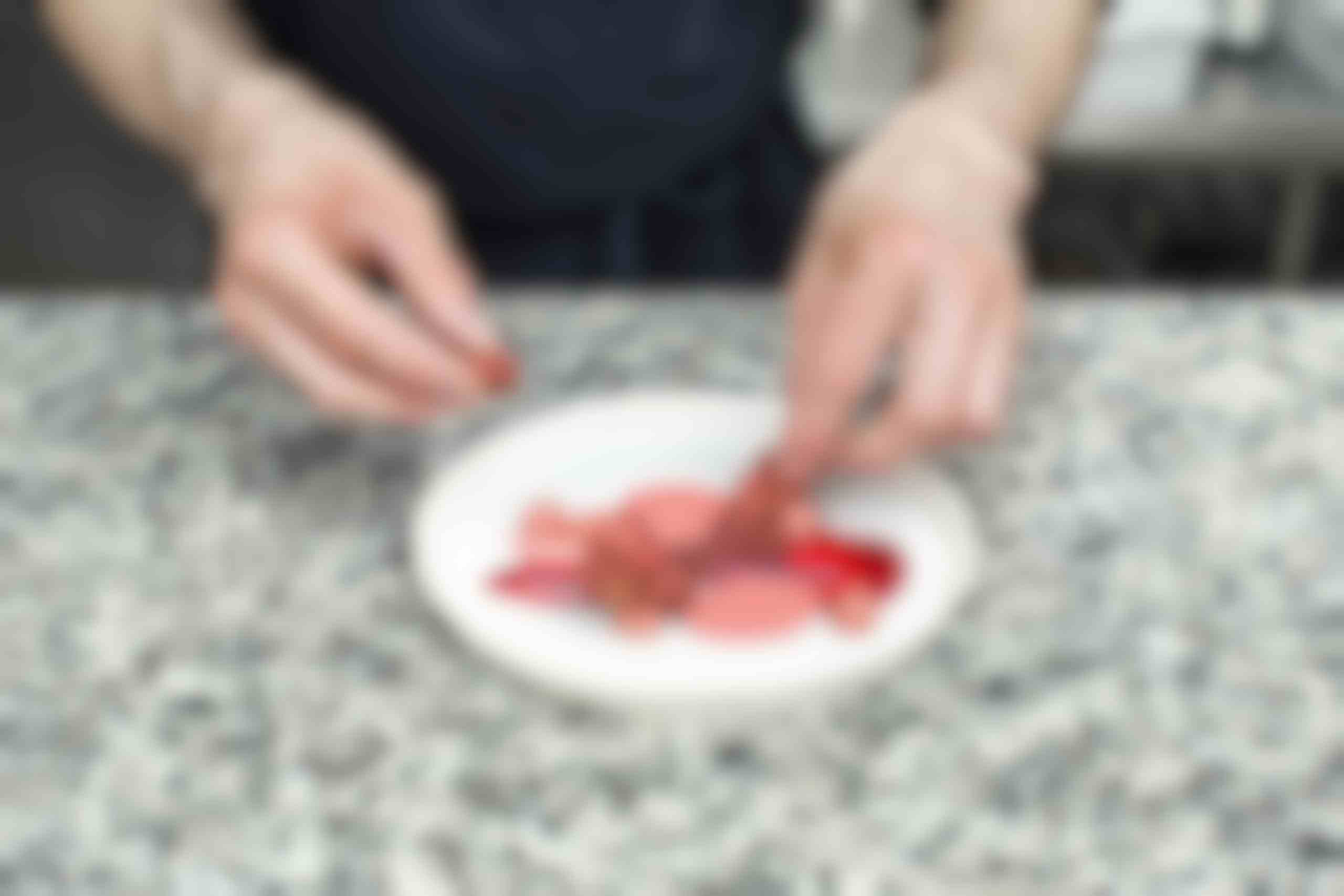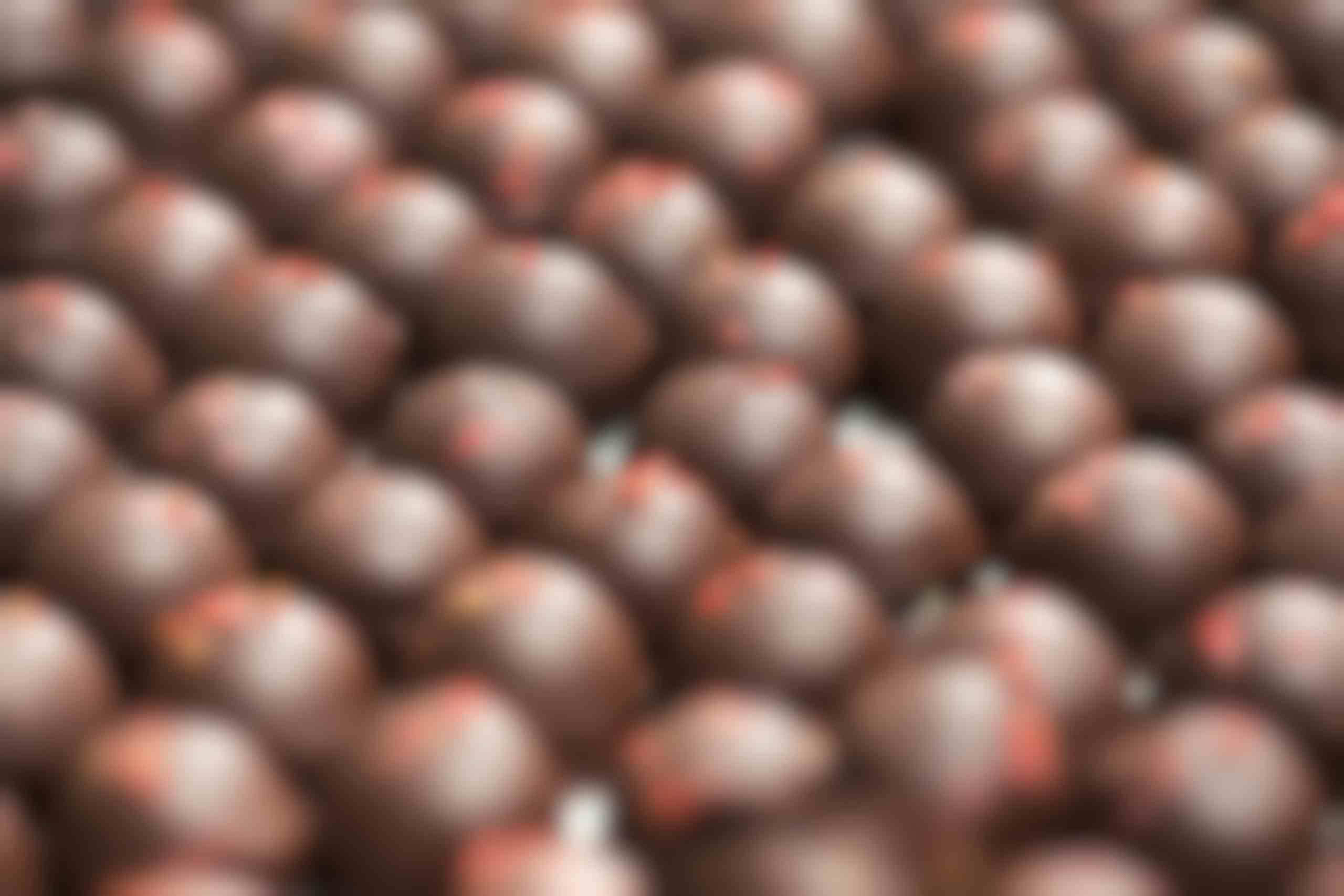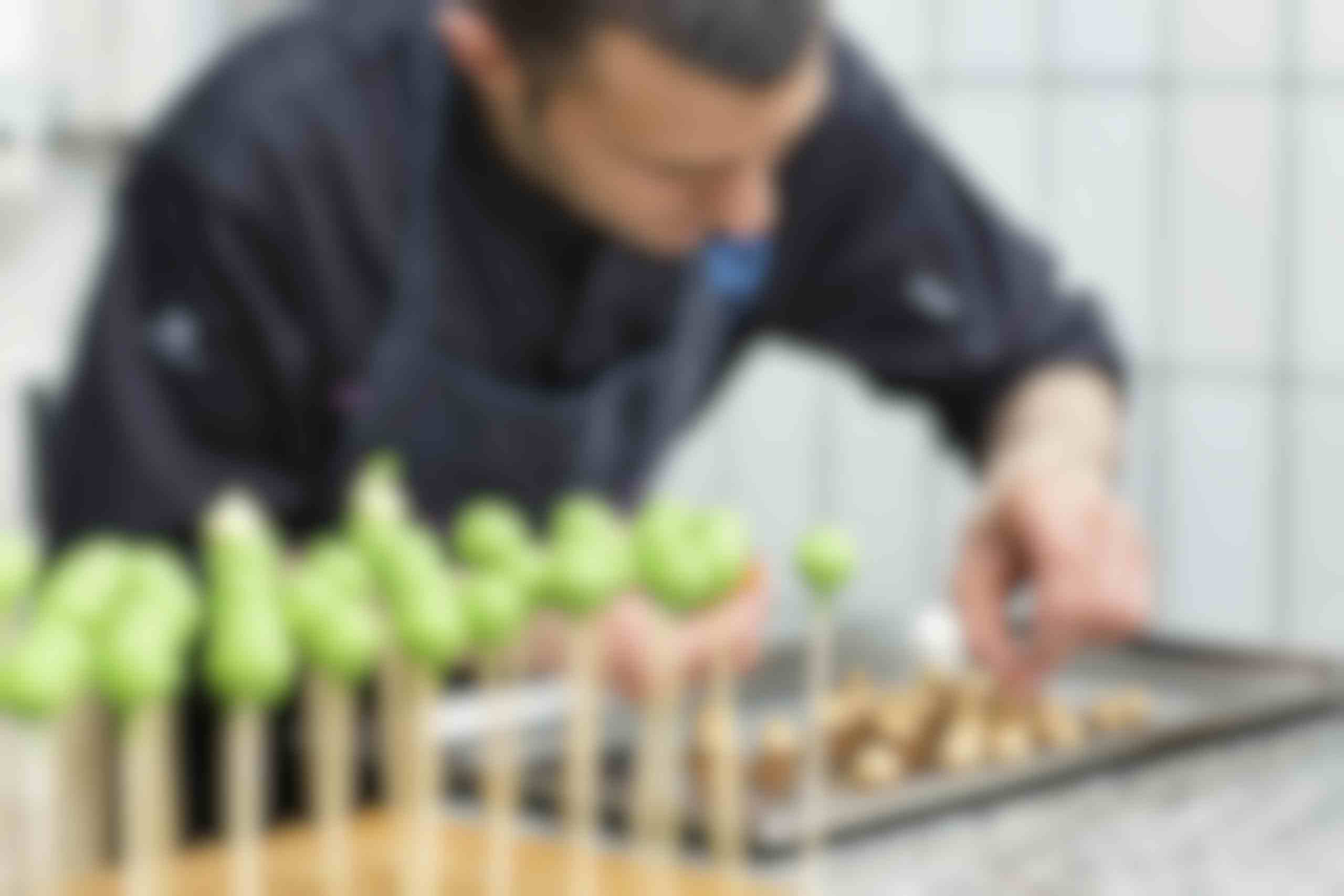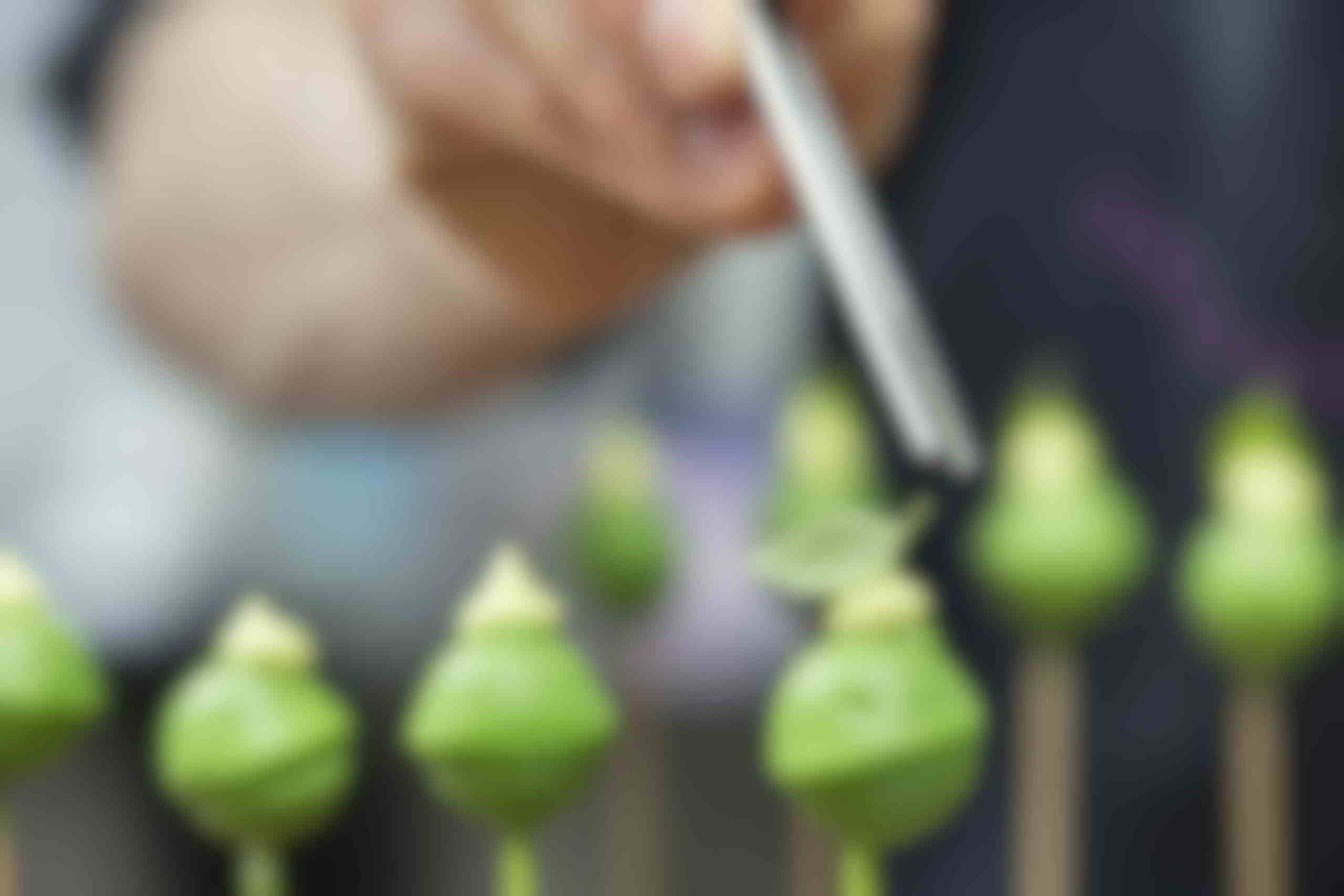If Tanja Grandits is the queen of Stucki, the legendary restaurant in Basel, then Julien Duvernay is its prince. His realm, over which he has almost total control, is in the basement. Four people work in the restaurant’s patisserie, which operates from 5 a.m. to midnight.
The team starts each day baking bread. Lunchtime and dinner guests are served two types of bread, while other varieties are sold in Grandits’ small shop – a boutique full of tasty treats. Around 100 people eat at Stucki every day, and they’re enjoying top-level fare. The two biggest gourmet guides, Michelin and Gault Millau, for example, have given the restaurant two stars and 18 points respectively. Bread is baked fresh twice a day. Guests are served a lovely, small baguette, as well as robust, tangy, wholemeal bread with flaxseed. The accompaniment is salted butter, one type of which is lime flavoured.
But Duvernay, who was born in Roanne, France, in 1982, doesn’t spend 14 to 16 hours a day working on bread and butter alone. His field of activity has expanded over the years and many in the know now consider him to be Switzerland’s best patissier.
The Frenchman is a quiet but smiley perfectionist. Rather than barking orders at his team of baker and two patissiers, he teaches by example. His colleagues Alex, Marco and Silvana, the only woman on the team, already know what to do. If you watch their boss working, he looks involved, but there always seems to be a small smile on his face, maybe an external sign of the joy and satisfaction – the complete fulfilment – he finds is his work.
It wasn’t always the case, however. The patissier has been at Stucki longer than Grandits. When he came to Basel in 2002, after completing an apprenticeship at a small patisserie production outlet with four shops in France, Stucki was run by Jean-Claude Wicki. It offered traditional French cuisine and the sole language spoken was French.
